Providing for our Feathered Friends in the Winter Garden – Part One…
Dark-eyed Junco, (Junco hyemalis)
Last week when snowshoeing through the forest, I was amused by a small group of chickadees bouncing from branch to branch in a hemlock stand. With so few sounds in the woodland at this time of year, the chirping birds really stood out and made me laugh. I try not to anthropomorphize – but they really did sound like they were having a passinate debate about something very important. And who knows, maybe they were.
I love watching birds in my garden and in the forest surrounding my home, so I tend to plant trees, shrubs, perennials and annuals with birds in mind. Come autumn, instead of cutting my garden back, I always leave my perennials and annuals, particularly those with seed-heads, standing for the overwintering birds. Safe backyard-havens with conifer shelters, (such as hemlock and spruce), winter fruit, and seeds are very attractive to birds. The western side of my home is buffered by a hemlock stand, where birds congregate, protected from the wind. I have also noticed juncos and sparrows crouching beneath the ornamental juniper along my walkway. Sometimes a group of of little birds will surprise me when they take flight from the shrubs in the entry garden, reminding me that they are making use of the space even when I am not.
In addition to the many cultivars of winterberry, (ilex verticillata), viburnum, cotoneaster, and other fruiting shrubs in my yard, I have also planted native perennials for seed. Beautiful gold and purple finches are always attracted to coneflower, (Echinacea), black-eyed susan, (Rudbeckia), ornamental mint, (Nepeta), and bee-balm, (Monarda). Standing sunflower heads and other annuals left overwinter in the vegetable garden attract both small and large birds, and of course the occasional squirrel.
As winter drags on, supplemental feeders with seed are useful if you want to continue providing for, (and watching), birds in your backyard. Below I have linked some excellent resources for gardeners interested in birds, (including books and recommended feeders). If you are planning to hang feeders or scatter seed in your yard, please be sure to keep cats indoors, and protect visiting birds from neighborhood felines by siting feeders away from potential ambush spots, (cats like to lurk in shrubs or beneath porch hide-outs). Woo (my overweight, senior bird-watcher), is mainly an indoor cat. Although I allow her supervised time outdoors in summer, I don’t let her out when birds come here to feed in winter, (it’s safer for her indoors anyway). Also, be sure to keep all feeders clean, (wash at least twice a year), to prevent mold and spread of disease. Remember too that birds need access to fresh water year round. I have natural brooks and ponds on my property, but if you don’t there are plenty of water-bowl options. My father has a heated bird-bath for winter, and I have noticed birds visiting it regularly.
Of course, not everyone visiting this site lives in a wintery climate. If your are lucky enough to be enjoying mild temperatures at this time of year, then chances are good you will have hummingbirds, as well as other local and migratory birds, in your garden. There are a few hummingbird and songbird resources here as well, and there will be more to come.
Over the next few weeks I will be passing along more information on how to attract and support birds in the garden. But for now, one of the most important and trusted resources for birders is, of course, the Aububon society. The Audubon website is a great place to visit if you are interested in learning more about our feathered friends. There is a wealth of information on bird feeding and bird watching for everyone from amateurs to seasoned ornithologists.
Are you seeing birds in your garden right now? A reader, (who wishes to remain anonymous), sent in the photos of Black-eyed Junco and the Cardinal you see here. If you have taken some great bird photos, consider sending them in to be featured on The Gardener’s Eden, (with credit of course), over the coming weeks. And please feel free to share your bird-sightings in the comments here. I’d love to hear about the winged visitors to your backyard havens…
Northern Cardinal, (Cardinalis cardinalis)
Dark-eyed Junco, (Junco hyemalis)
The Audubon Backyard Birdwatcher: Birdfeeders and Bird Gardens
Smith and Hawken for Target Bird Feeder
Avant Garden Berkshire Lodge Feeder
Hummingbird Gardens: Turning Your Yard Into Hummingbird Heaven (21st-Century Gardening Series)
Bird Brain, Crackle Hummingbird Feeder, Yellow
***
Article copyright 2010, Michaela at The Gardener’s Eden
All content on this site, (with noted exceptions), is the property of The Gardener’s Eden and may not be used or reproduced without express written consent. Inspired by something you see here? Please give credit where credit is due. It’s a small world and link-love makes for fond friendships. Stealing makes for bad dreams…
***
***
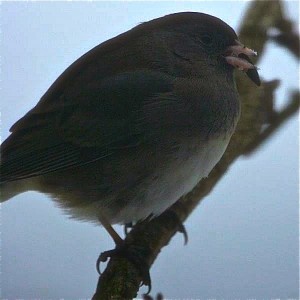
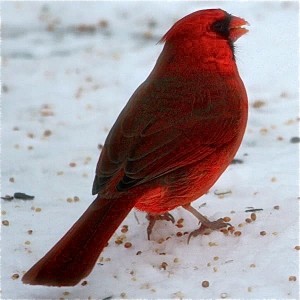
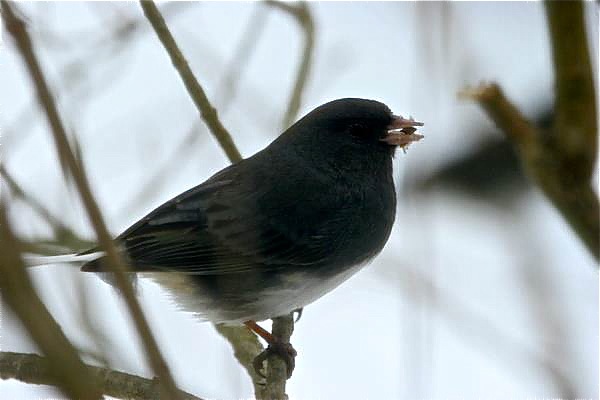
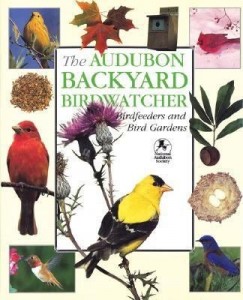
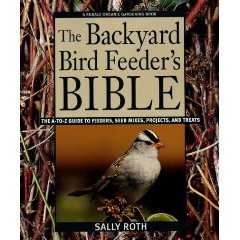
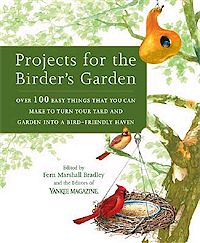
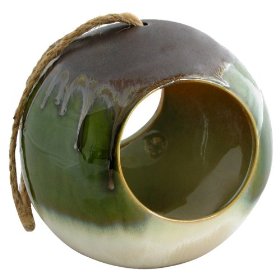
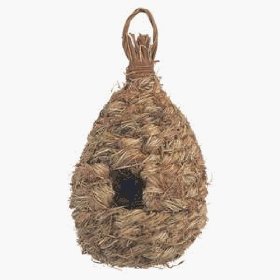
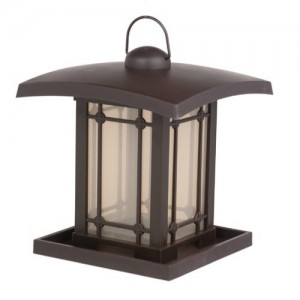

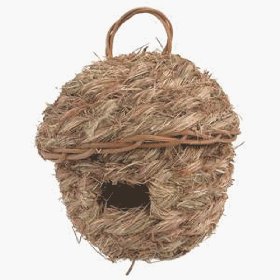

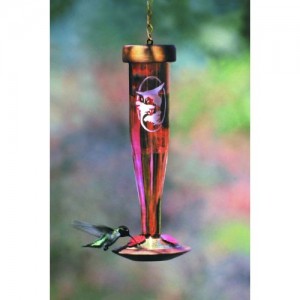
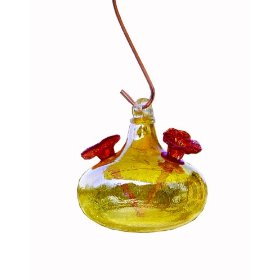
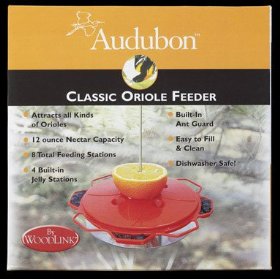
One Reply to “Providing for our Feathered Friends in the Winter Garden – Part One…”
Comments are closed.